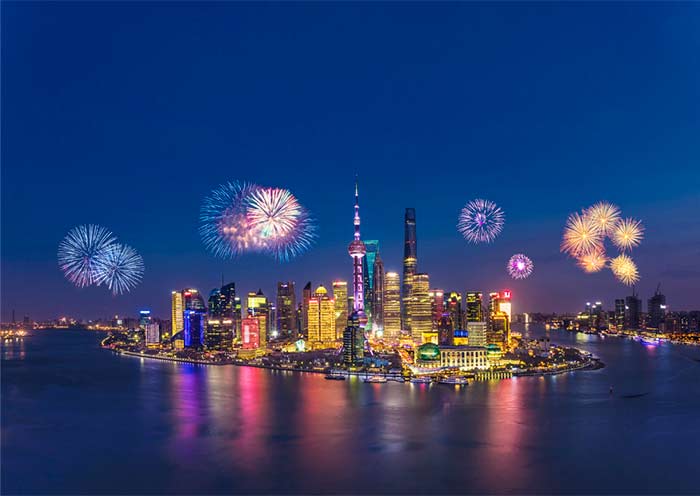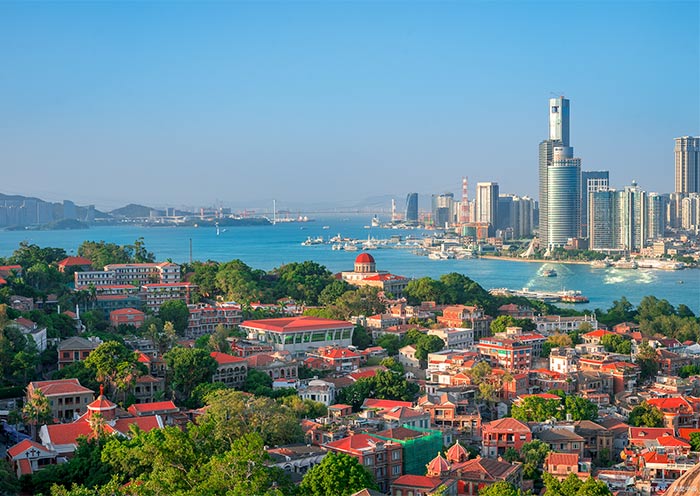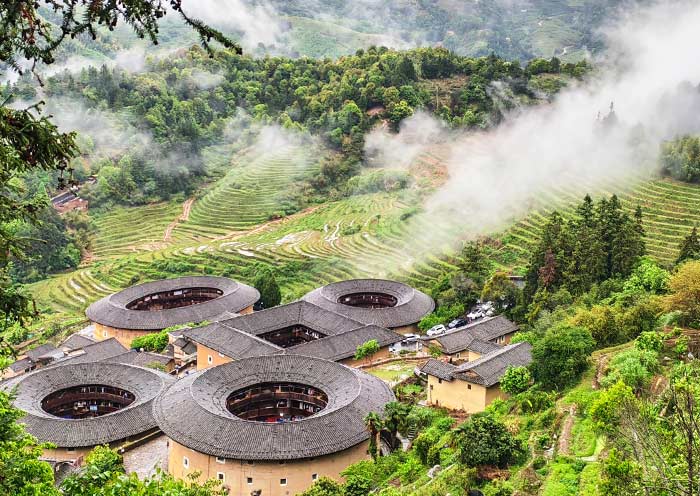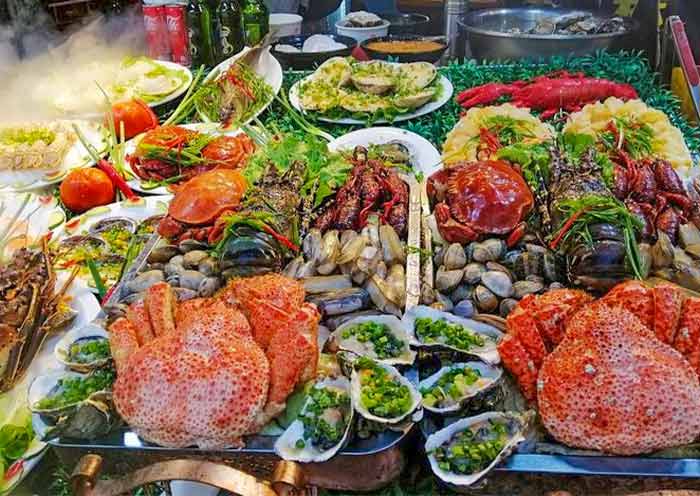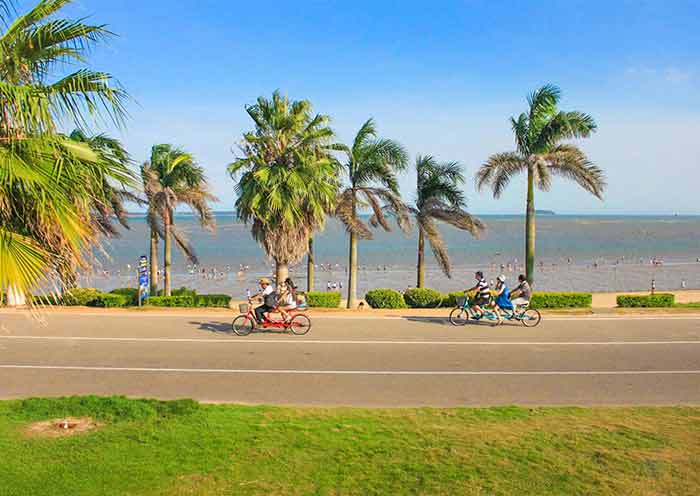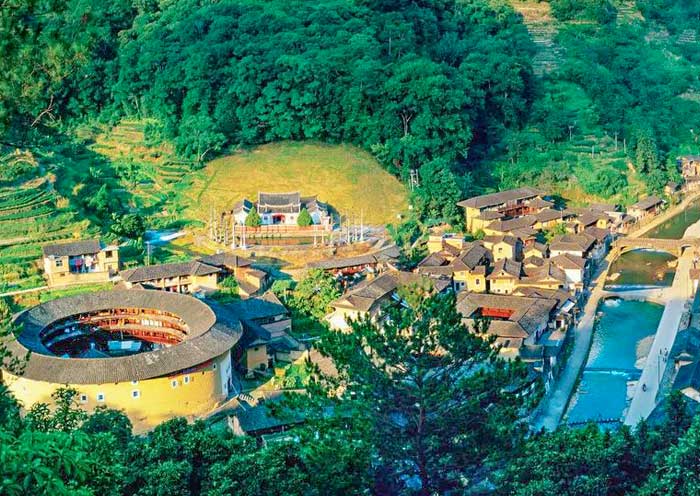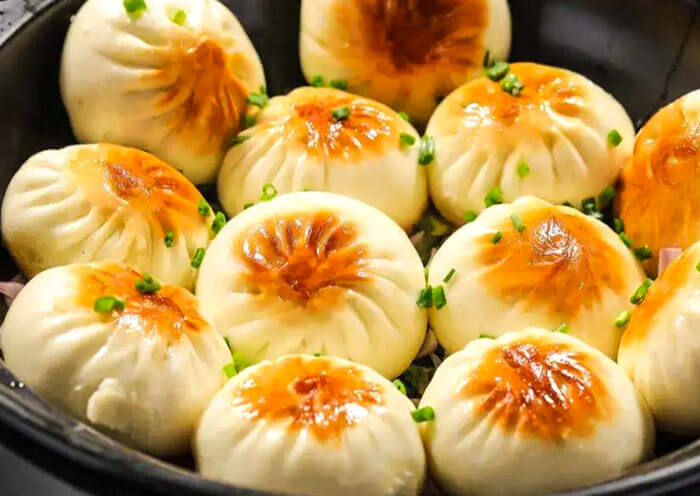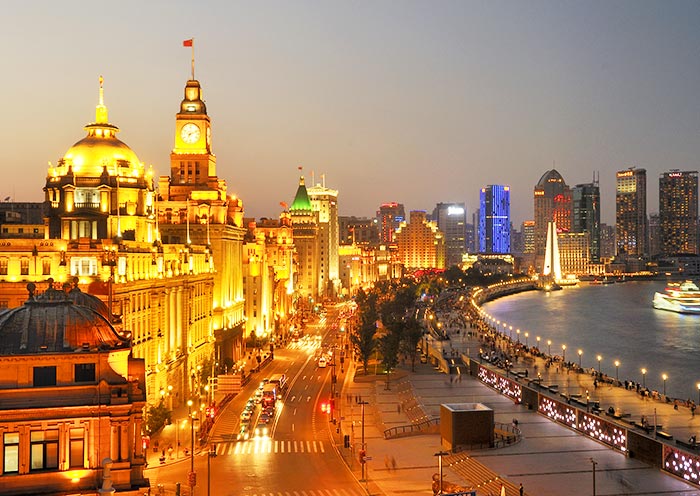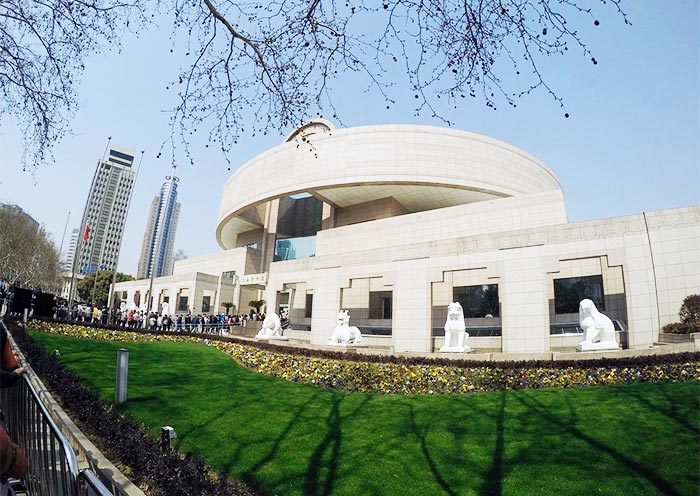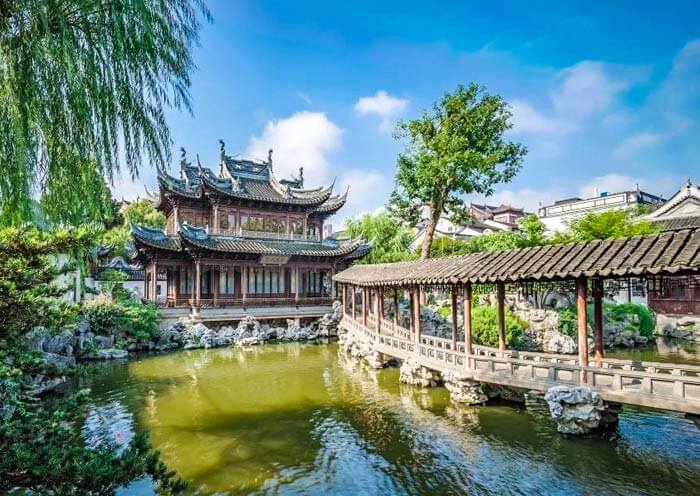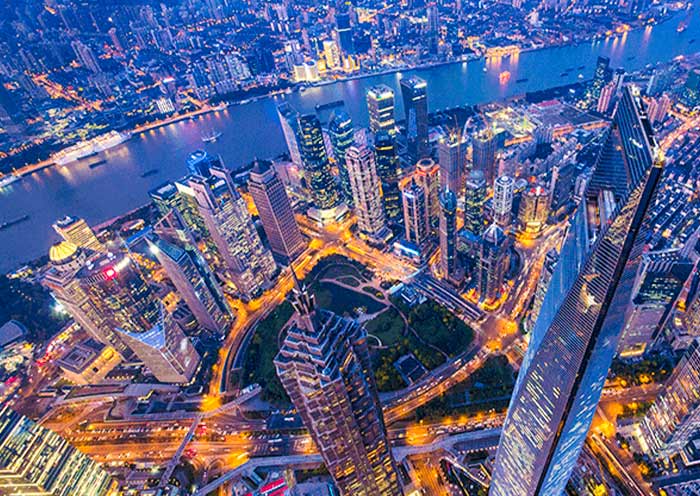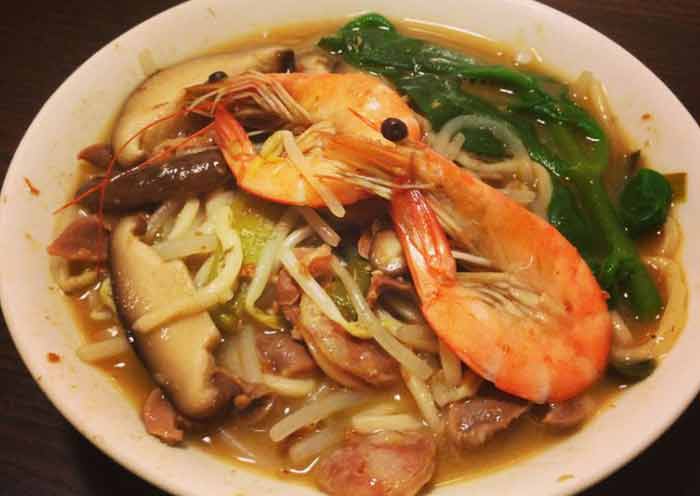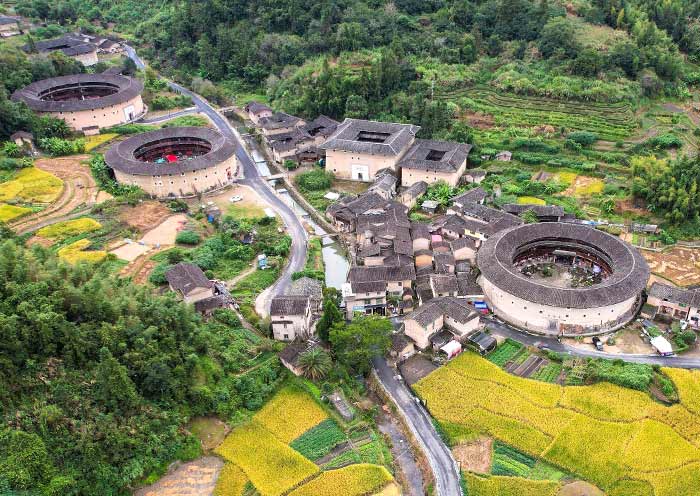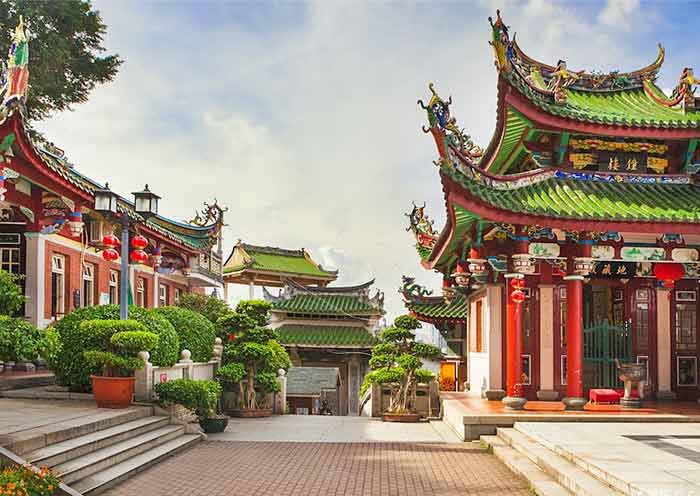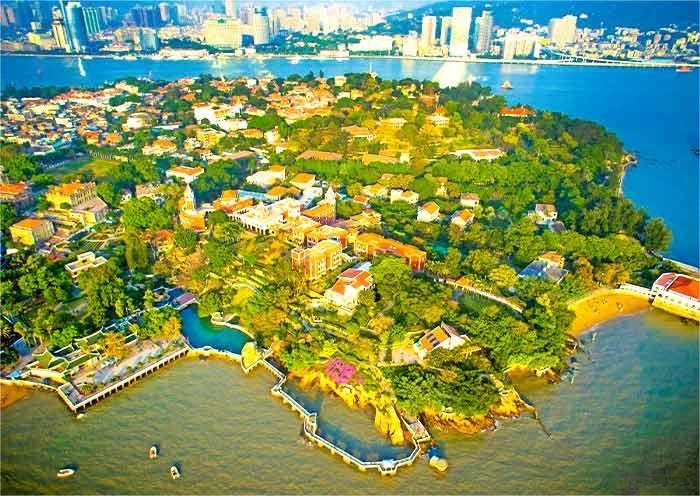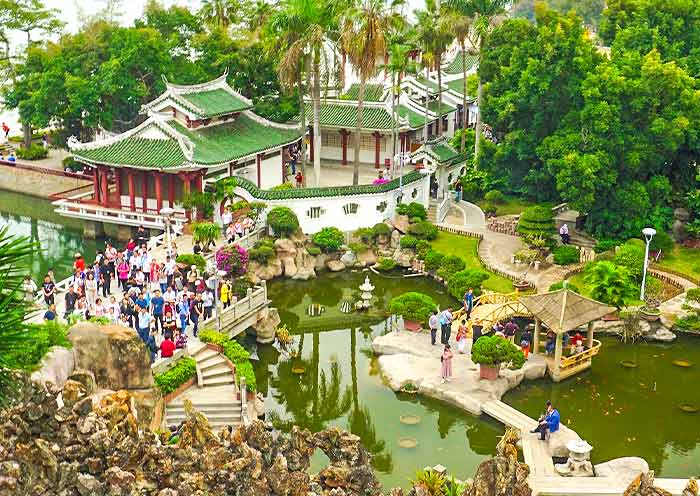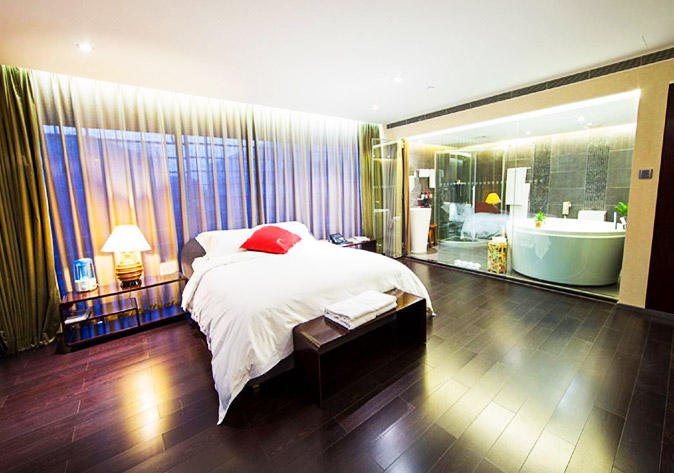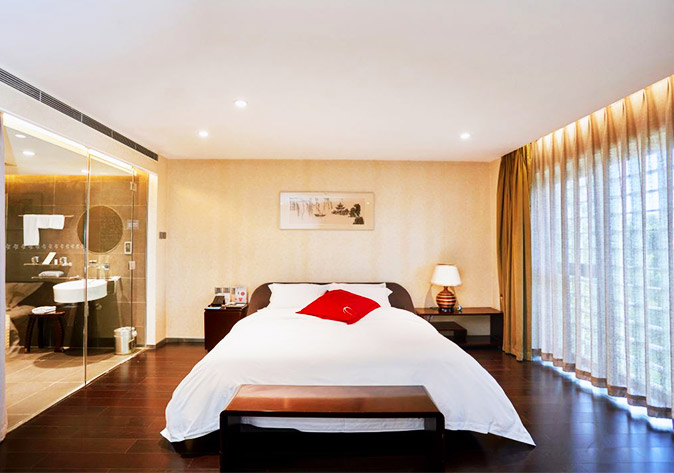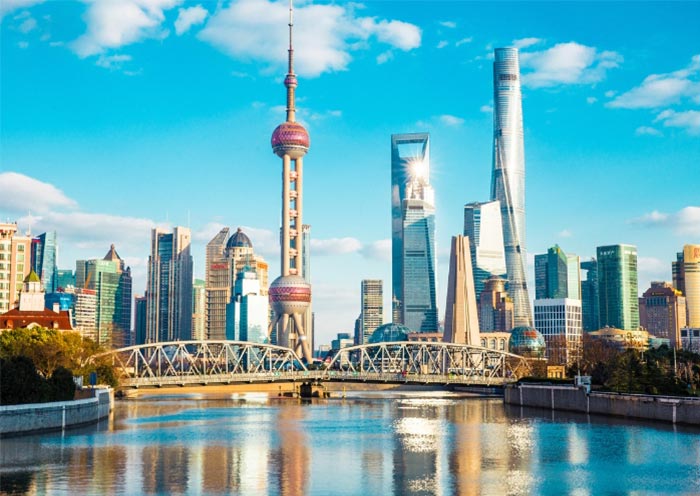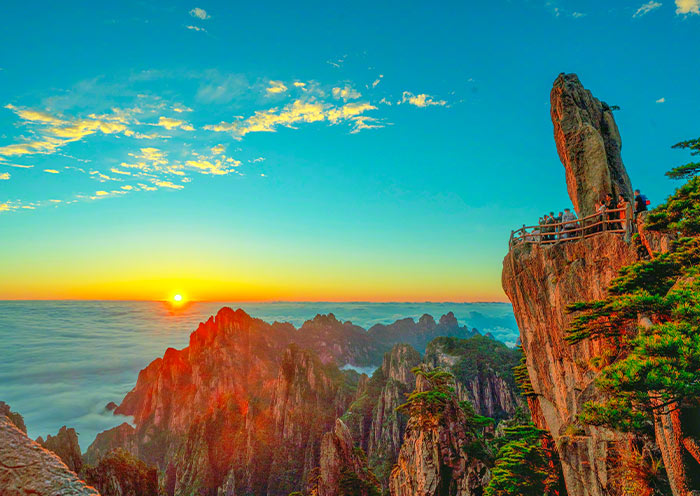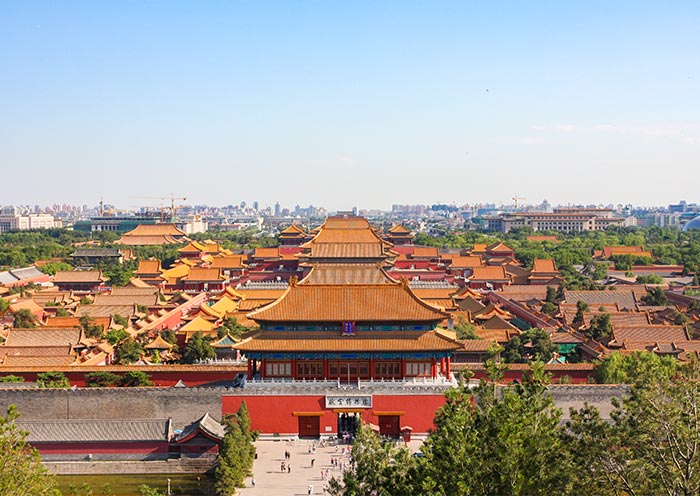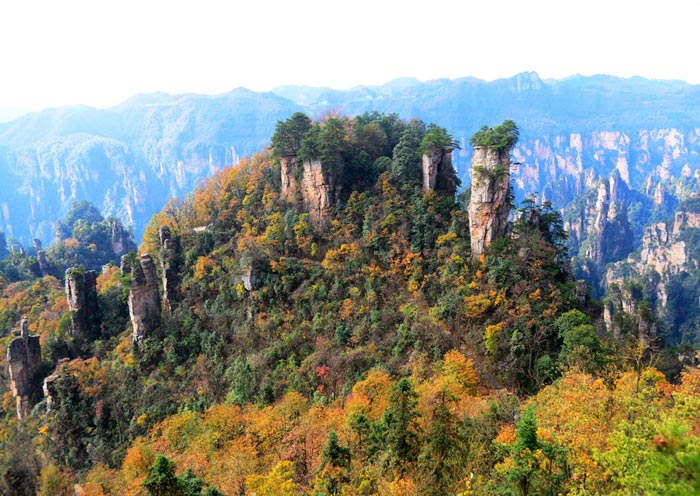Start your day with a peaceful visit to South Putuo Temple (南普陀寺), arriving early to enjoy the serenity before the crowds. South Putuo Temple, also known as Nanputuo Temple, is one of the most famous temples in Fujian and is considered a pilgrimage site by dedicated followers from Southeast Asia.
With a history dating back a thousand years, the temple was originally built in the late Tang Dynasty and was called Sizhou Temple (泗洲寺). During the reign of Emperor Kangxi of the Qing Dynasty, Shi Lang recovered Taiwan and was stationed in Xiamen. He built the Great Mercy Hall here to worship Guanyin, then changed the name of the temple to Nanputuo, which matches the Guanyin Dojo on Putuo Mountain in Zhejiang province. Over repeatedly rebuilt and renovated, today, it’s still an active and bustling temple with chanting monks and worshippers lighting incense.
Upon entering through the mountain gate, you are greeted by a wide expanse of lotus ponds and release pools, where many locals come to relax. The main buildings of the temple, including the Tianwang Hall (天王殿), Daxiong Baodian (大雄宝殿), Dabei Hall (大悲殿), and the Depository of Buddhist Sutras (藏经阁), are arranged along the central axis, each progressively elevated following the terrain. The buildings feature double eaves and flying ridges, topped with apricot-yellow glazed tiles, which stand out against the lush, towering ancient trees, creating a grand and imposing atmosphere. Don't miss a visit to Dabei Hall, the main hall of the temple, which houses a magnificent statue of Guanyin with a thousand arms and eyes, symbolizing her omnipresent mercy. In the Depository of Buddhist Sutras, you can see various precious Buddhist relics. Nanputuo Temple is also renowned for its vegetarian meals, so if you enjoy vegetarian food, consider dining here or choose some sweet Nanputuo vegetarian cakes as souvenirs.
After visiting South Putuo Temple, you will be driven to the port where you will board a 20-minute ferry to Gulangyu Island. Gulangyu, (Kulangsu in the local dialect), is a beautiful island off the coast of Xiamen. In 2017, Gulangyu was inscribed as a UNESCO World Heritage Site under the nomination "Historic International Settlement". Spanning an area of less than 2 square kilometers, the island boasts over 900 historical buildings of various architectural styles, earning it the nickname "International Architecture Exhibition". Gulangyu is also referred to as the "island of music". It is famous for its outstanding musicians and musical instruments. It has more than 200 pianos - the highest per capita ownership of pianos in the entire country. Furthermore, Gulangyu is lauded as a “Garden on the Sea”, The ban on motorized vehicles contributes to the serene atmosphere of the island, making it a popular destination for those looking to unwind. It boasts beautiful scenery including sandy beaches, lush gardens, and stunning views of the surrounding waters and city skyline.
When visiting Gulangyu Island, you have two choices:
(1)Leisure Way: explore the island in a leisurely way, without being bound by fixed routes. Customize your experience based on your preferences and pace.
(2) Cultural and Historical Architecture Route: visit the architecture representing various styles and listen to the historical stories behind old buildings
Optional Route Type: Leisure Way on GulangyuDuration: 3-4 hours
If you want to explore the island in a leisurely way, there is no need to follow a fixed itinerary. You can your tour guide your preferences, and they will recommend suitable ways and routes for you to explore.
If you don't like crowds, we can take you to quieter alleys. For example, you could take a leisurely stroll along Bishan Road, which is lined with shaded trees and flanked by buildings with a hundred years of history. You will listen to the guide share fascinating stories and historical anecdotes about the buildings. Or casually enter an old villa and have a cup of coffee, enjoying the peaceful time. If you are interested in museums, we can recommend a few intriguing ones, such as the Piano Museum, Organ Museum, Gulangyu International Calligraphic Carving Museum, and the Imperial Palace Gulangyu Foreign Cultural Relics Museum, etc. Alternatively, you could attend a piano performance at a concert hall. If you enjoy scenic spots, we recommend visiting Shuzhuang Garden, Haoyue Park, Sunlight Rock, etc. If you are a food lover, we can recommend some seafood restaurants or guide you to Longtou Road to try authentic Minnan snacks. If you love natural scenery, we can take you to some lesser-known vantage points where you can overlook the panoramic view. Or, you could experience the island like a local, heading to a seaside bathing area to stroll along the beach, feel the sea breeze, and soak up the sun like Meihua Beach, Dadeji Beach, etc.
Notes:
- Visit Gulangyu, you can either walk or take a shuttle bus (RMB 50 per person)
- Exploring the outdoor beauty and wandering around Gulangyu is free; however, please note that certain buildings and attractions may have an entrance fee.
Optional Route Type: Cultural and Historical Architecture Route
If you want to explore Gulangyu's architecture and history in depth, you can choose this route. Stepping into Gulangyu is like walking into an open-air architectural museum exhibition. The architectural tapestry of Gulangyu includes traditional Southern Fujian homes, European-style consulates, churches, mansions, or villas that harmoniously blend Chinese and Western architectural elements as well as influenced by Southeast Asian style. This rich blend is a result of its history as an international settlement and port city. From the intricate carvings and red bricks of local residences to the grand facades of colonial European buildings, each structure tells a part of Gulangyu's diverse cultural narrative. As you meander through the narrow alleys, you can admire the fusion of the East and West, the old and the new, making it a unique visual feast.
Scenic Spots You will Pass:
Sanqiutian Ferry Terminal → Boat House → Bagua Building (Organ Museum) → Yang Family Mansion → Fànpó Mansion → Trinity Church → Jingua Building ( Huang Cimin Villa ) → Dafu Courtyard Mansion→ Four-courtyard Complex → Chu Family Villa → Huang Family Villa Complex → Shuzhuang Garden (Piano Museum) → Hi Heaven → Huang Rongyuan Mansion ( China Records Museum) → Cathedral Church → Get back to Sanqiutian Ferry Terminal
Detailed Itinerary:
Starting from Sanqiutian Ferry Terminal(三丘田码头), you embark on a historical journey through exquisite architecture. Your first stop is the **Boat House (船屋)**designed by American architect John Lay. This European-style villa stands out with its creative shape, resembling a cruise ship ready to set sail. Moving on, you'll discover the Bagua Building (八卦楼), named for the eight ridges on its red domed roof and its sixteen-sided top window, set on an octagonal platform. This villa combines architectural styles from Palestine, ancient Greece, Italy, and classical China. It stands out as the tallest villa on Gulangyu Island, and its eight-ridged red dome can be easily spotted from the Xiamen ferry, making it a recognizable landmark of Gulangyu. Today, it has been transformed into China's only organ museum. Next, you'll discover the Yang Family Mansion (杨家园), renowned as the "Versailles of Gulangyu." This complex consists of four distinctive Western-style buildings, each of which is extremely magnificent and was built by overseas Chinese from the Philippines known as the "Philippine Hardware King." They are interconnected by quaint alleys, each boasting its garden, and equipped with the most advanced water supply facilities in Gulangyu at that time. This mansion still preserves numerous rare examples of the fusion of Chinese and Western art design, including Corinthian columns, relief steel decorations, structures made of red bricks, and round and pointed arched door lintels, showcasing unique artistic charm and historical value. Your journey continues to Fan Po Mansion (番婆楼), a symbol of filial piety in the overseas Chinese community. Built out of filial piety by an overseas Chinese from the Philippines. Fan Po herself, adorned in clothes and jewelry sent by her sons, embodies the image of a wealthy woman from Nanyang. Neighbors referred to her as "Fan Po," hence the name "Fan Po Mansion." The architectural style of the mansion is an intriguing mix of Chinese elements and Rococo style, challenging the senses and showcasing an extraordinary kind of beauty.
Next on the list is the Trinity Church (三一堂), a church where Chinese and Western architectural styles come together harmoniously. It was built through a collaborative effort by three local churches to provide a place for Chinese worship for the residents of the island.
Then, turn right, which takes you to the Jingua Building(金瓜楼), named after the two golden gourds on its roof, which shimmer in sunlight, the unique shape are characteristic of the Byzantine style, and the golden gourds symbolize prosperity and good fortune in the Chinese culture. The gateway of the building features a traditional Chinese hip-and-gable roof, distinguished by its double eaves and upturned corners, showcasing another exquisite example of the fusion between Chinese and Western architectural styles. Continuing your tour, you’ll visit the largest and best-preserved Southern Fujian red-brick building complex on Gulangyu Island: Four-courtyard Complex (四落大厝). This complex epitomizes the typical layout of traditional Southern Fujian architecture, featuring a front courtyard leading to the main living quarters, all aligned along a central axis. The architectural details include white stone footings paired with red brick and tiles, creating a visually striking and harmonious effect. Adjacent to this is the Dafu Courtyard Mansion (大夫第), one of the earliest and most prominent red-brick residences within the Four-courtyard Complex. The mansion once belonged to Huang Xuzhai, a distinguished fourth-grade official in the imperial court, as evidenced by the "Dafu Di" plaque adorning the residence. You'll then proceed to Chu Family Villa (褚家园), a building that represents a fusion of Minnan (Southern Fujian) and Nanyang (Southeast Asian) architectural styles. Following that, Huang Family Villa Complex (黄家花园) awaits, once celebrated as "the number one villa." This complex comprises three magnificent villas, standing as the most opulent and grandiose among all the residences on Gulangyu Island, built by overseas Chinese from Indonesia, known as the "Indonesian Sugar King." It is a high-class villa showcasing a splendid fusion of European villa elegance, aristocratic opulence, and traditional Chinese characteristics. Over the years, this villa has hosted numerous Chinese and international celebrities and political figures.
The climax of your tour is Shuzhuang Garden (菽庄花园), a garden that has perfectly translated the phrase "facing the sea, with spring flowers blossoming" into reality. The garden backs onto Sunlight Rock and faces the sea, skillfully employing the techniques of "hiding the sea (藏海)" and "compensating the mountain(补山)," becoming a classic example of Chinese garden architecture by the sea. Upon entering the garden, the sound of the waves is near, yet the sea remains out of sight until you cross a screen wall, revealing a sudden expansive view - this is the first "hiding." The true "hiding" lies in the Forty-Four Bridge, beneath which a gate channels seawater into the private garden, creating inner and outer ponds and calming the tumultuous waves. The seaside slopes and rocks are also fully utilized, with terraces built up and pavilions constructed, transforming a narrow bay into a broad, open vista. Turning left past the Forty-Four Bridge and up the hill is the Gulangyu Piano Museum, showcasing nearly a hundred precious antique pianos donated by collector Hu Youyi. Just in time for a piano performance,the resonant piano sounds, harmonizing with the waves outside, encapsulate the unique charm of Piano Island. Then passing through Tianwei Road and taking a right turn onto Zhonghua Road to continue walking, you will arrive at Hi Heaven (海天堂构), the only villa complex on Gulangyu Island that is arranged symmetrically along a central axis. The design masterfully incorporates both Chinese and Western cultural elements, with Chinese-style roofs atop Western-style buildings. Adjacent to the tower is Huang Rongyuan Mansion (黄荣远堂), whose architecture and gardens are extremely aesthetic and characteristic, epitomizing the fusion of Western, Southeast Asian, ancient Chinese, and modern styles. It is renowned as the “most romantic villa” on Gulangyu Island and has served as the filming location for many film and television productions. Nowadays, it has been transformed into the China Record Museum, which houses a collection of precious vinyl records. Wandering back towards the ferry terminal, you’ll pass several consulates and churches, such as the Catholic Church (天主教堂) - , the Union Church (协和教堂) , the Japanese Consulate (日本领事馆), and the British Consulate (英国领事馆), etc. Each of these buildings has a unique architectural style and its own story to tell.
After the tour, it is time to escort you back to your hotel in Xiamen or transfer you to the train station/airport to bid you farewell. Thank you for choosing Asia Odyssey Travel (AOT) for your 5-Day China Tour from Shanghai to Xiamen. We are always dedicated to serving you and look forward to welcoming you again for your future trips to China/Asia.
